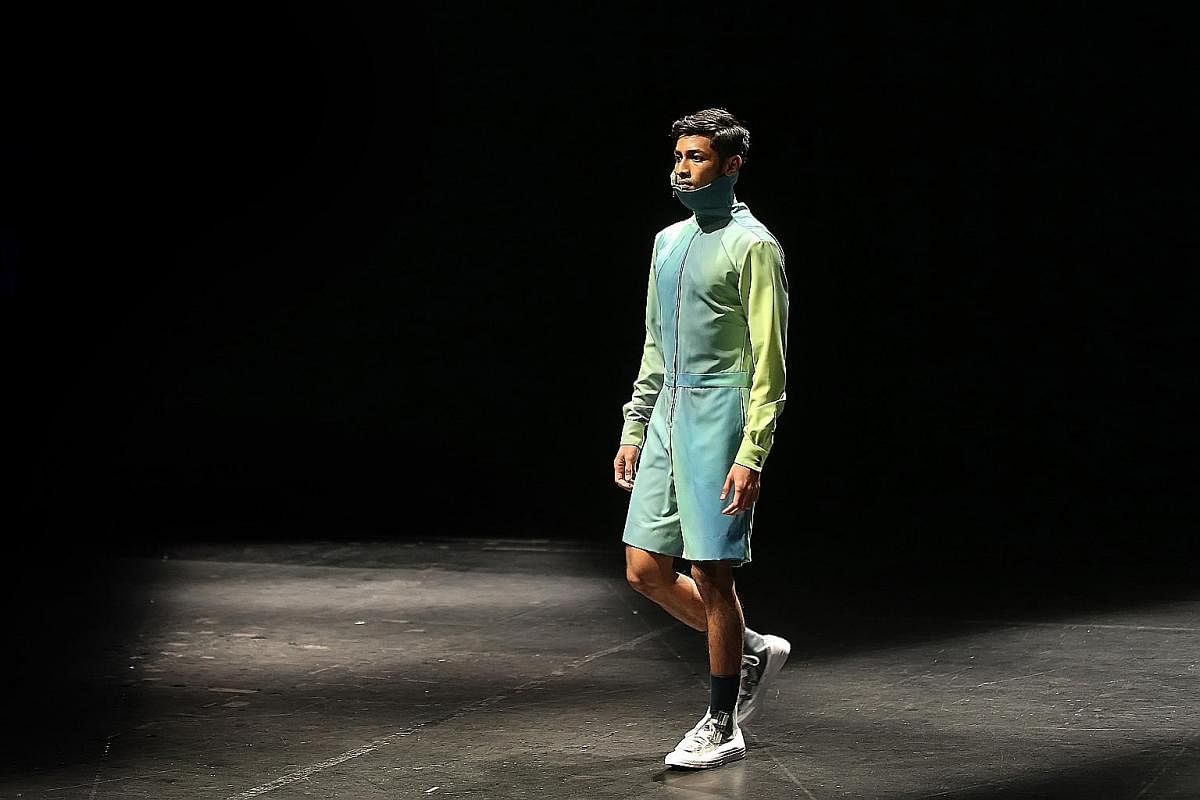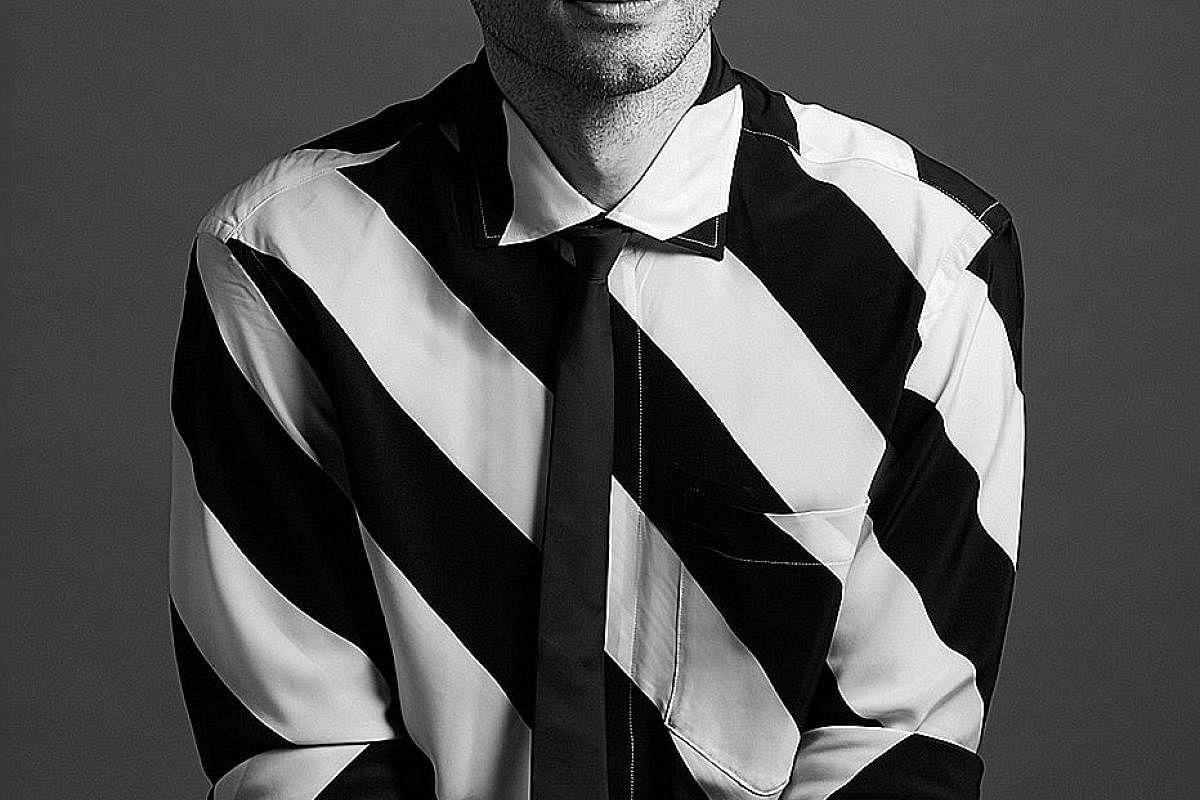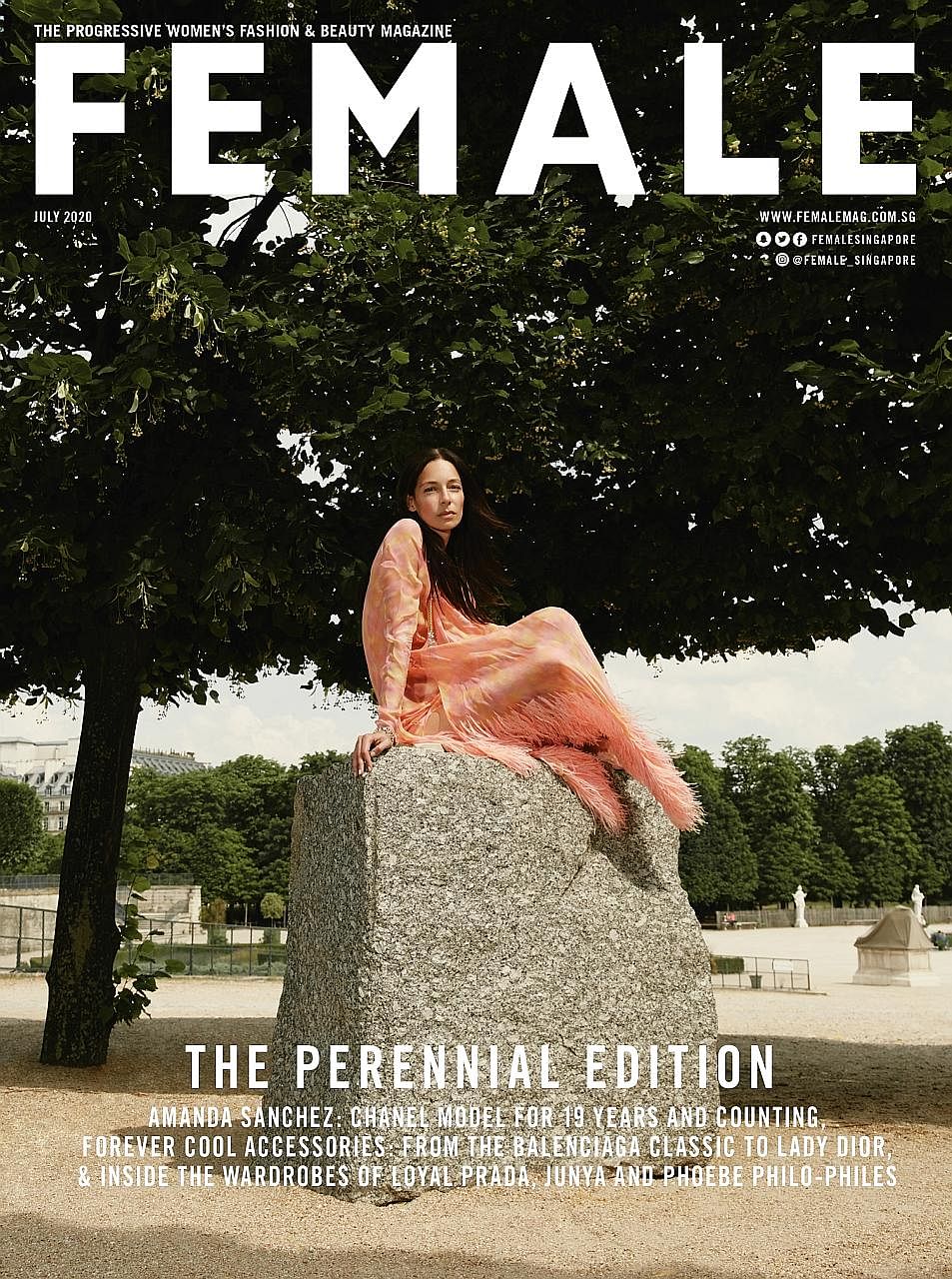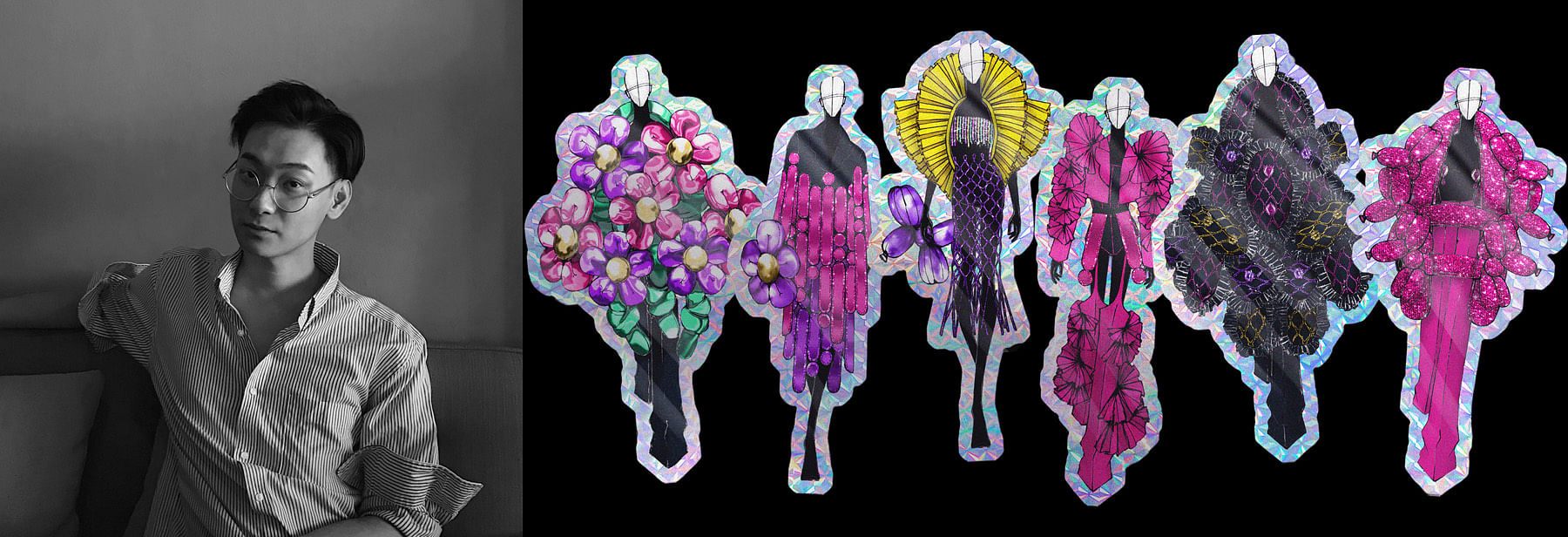Lasalle's graduation show goes digital
Lasalle College of the Arts' online platform will also host final-year projects by more than 800 graduating students from its eight schools


The circuit breaker has not just taken a toll on retailers and small independent businesses, but it has also changed the way fashion is taught today.
In the wake of current restrictions and safe distancing measures, Lasalle College of the Arts has decided to take its highly anticipated annual graduation exhibition online, following the footsteps of Fashion Week organisers in Shanghai, Milan and London.
Originally scheduled for May 15 to 28, the digital event, The Lasalle Show, will be hosted for the general public on tls.lasalle.edu.sg until the next graduate show comes around next year.
The website will house the final-year projects by more than 800 graduating students from the diploma, bachelor's and master's programmes spanning the college's eight schools.
One of the highlights would be the graduate runway show, which is traditionally the launching pad and breeding ground for many acclaimed international designers like Alexander McQueen and Michael Halpern.
Among Lasalle's Class of 2020 are 17 students from the Fashion Design and Textiles BA programme which had produced alumni such as Sven Tan of In Good Company and Sabrina Goh.
Each will be presenting a six-piece collection.
Mr Dinu Bodiciu, lecturer-in-charge of the BA (Hons) Fashion Design and Textiles programme, says the coronavirus served as a catalyst for the college's plans to go digital.
"Our plan this year had long been to replace the typical runway show with a digital experience that imagined models as fixed entities and audiences as the ones moving or perusing the collection.
"The current pandemic therefore concurs with our initial intention."
The institution's president, Professor Steve Dixon, says there are plans - if all goes well - to reunite the class of 2020 in January next year to stage a physical exhibition at Lasalle as well as a series of performances in celebration of their work.
Mr Bodiciu discusses what the digitisation of a graduation show means for the fashion student of today.
What does creating a graduate fashion collection during quarantine entail? Mr Bodiciu: Before the World Health Organisation classified Covid-19 as a pandemic, we were already under way to move most of our lectures and tutorials to online platforms.
Prior to the college closing for the circuit breaker period, studios and workshops were kept open for students who required the use of specialised facilities (like overlocking machines and silkscreen-printing equipment) to complete their assignments.
However, we greatly reduced the number of students allowed into these spaces so that safe distancing was maintained.
We loaned domestic sewing machines and mannequins to students who opted to work from home.
The situation brought new sets of challenges, but also opened up new ways of creative expression and communication.
Open dialogue and a willingness to collaborate throughout all levels in the institution were critical to our success in enabling students to complete their collections. How do you replace the sensorial experience of being at a physical fashion show through a virtual space? Mr Bodiciu: Although the world of fashion still functions based on the expectation that a runway has to be present, there is a plethora of ways to reimagine the way a collection is unveiled to audiences.
With digitalisation, we seem to have travelled centuries back to a time when clients of fashion houses received designs through hand-drawn plates and samples of fabrics. At that time, this was enough for the customer to imagine the final piece.
Does this not mirror our current online shopping habits where we purchase from a screen without ever touching the final product?
We are always seeking new experiences and I think the current situation is an exciting avenue to explore technology, augmented realities and the limits of our imagination. I believe the fashion world is close to this turning point and Covid-19 is simply accelerating the process.
Does going digital reduce the theatrics we have come to expect from a fashion show? Mr Bodiciu: Fashion presentations appeared at the turn of the 19th century in Western civilisations.
From then till now, the theatricality of the runway and its corresponding production costs and value have reached astronomical amounts - something critics and theoreticians alike have questioned.
In the early 2000s when digital mediums became viable options for presentations, brands like Viktor&Rolf or Alexander McQueen were quick to embrace these modern technologies to give a twist to their runways, adding new layers to the show experience.
Presently, digital studios like Frederik Heyman or The Fabricant have fully moved the fashion experience to the realm of the virtual and the theatrical aspect continues to persist there. Does this episode bring into question the relevance of a fashion show in today's context? Mr Bodiciu: Be it a physical or digital showcase, fashion designers continue to rely on our garments as source and instigator of our presentation. The relevance depends on the designer and his or her ultimate vision of what to convey.
We chose a virtual route for the graduate fashion show this year because we wanted to open up dialogues between digital and analogue spaces and invite audiences to experience a juxtaposition of realities.

How will the appeal of studying fashion design in the future be affected by this new reality we are living in? Mr Bodiciu: The dressing of our bodies remains a basic human need, hence fashion design will continue to be relevant. That said, many business sectors have indeed been affected by Covid-19. This is a good moment to question existing ways and envision new directions.
For fashion, we have to look into new approaches to clothing. The fashion industry is a very fast-paced system that is always ready for change and reframing.
I believe that with the current situation, we are on the cusp of transitioning into something new, something exciting and something for which our students will be prepared.
• This story first appeared in Female. For more on the next big names and ideas in fashion and the local creative scene, go to www.femalemag.com.sg, follow @female_singapore on Instagram and pick up the July 2020 edition, out now on newsstands.
Stylish picks
A look at the works of four fashion design students from the Lasalle show

LATIKA BALACHANDER
With a design approach based on distortion and abstraction, Latika Balachander's menswear pieces and textile designs create a dialogue that extend fashion into people's daily lives.
Her garments are instrumental as thought-provoking and story-telling vessels that set in motion a conversation between the garment, the wearer and the viewer. Inspired by the stories the skin tells, her collection Blurred Bodies is the abstraction and distortion of the human anatomy, interpreting the human body as an art form.

KWOK MINH YEN
Through contemporary, loose-fitting silhouettes and experimental textiles inspired by nature, Kwok Minh Yen's (right) works are at an intersection of couture and ready-to-wear apparel.
She looks to the power of the sun with this womenswear collection, titled 1.5oC.
Drawing attention to the rising rate of coral bleaching caused by global warming, careful studying was done on the structure and texture of coral skeletons resulting in the incorporation of organic details and ultraviolet reactive pigments to the all-white designs.

FELICIA AGATHA
With a focus on functionality and the experimentation of designs, Felicia Agatha crosses science and technology with fashion. She aims to develop smart sartorial solutions for the future.
Through her graduation collection Repelebb, she explores the foresight of design and the use of unconventional materials in the production of apparel.
For example, she incorporates hydrogels into fabrics, dubbing the material hydropuff. The material was made so as to better facilitate the absorption of sweat.

SAMUEL XUN
Samuel Xun is a fashion designer and graphic artist who marries theatrics, humour and versatility in his works.
Taking cues from a variety of art forms and cultures, he aims to challenge his audiences with pieces that subvert gender archetypes ingrained in South-east Asia, inviting them to view fashion as a declaration of one's identity.
His collection, Fembuoyant!, explores queerness through artifice, irony and high aestheticism. Taking inspiration from icons of high and low camp, he translates them into in-your-face textiles and silhouettes, accompanied by digital media.
Join ST's Telegram channel and get the latest breaking news delivered to you.
A version of this article appeared in the print edition of The Straits Times on July 03, 2020, with the headline Lasalle's graduation show goes digital. Subscribe
